Sight is a device that helps aim at the target easily and improves the accuracy of the shots. It serves as a reference point for aiming between the target and the bow. Sights are adjusted for the bow according to the offset of the shots from the target.
How to Use a Bow Sight: Everything You Need to Know
1. Movable Pin Sights
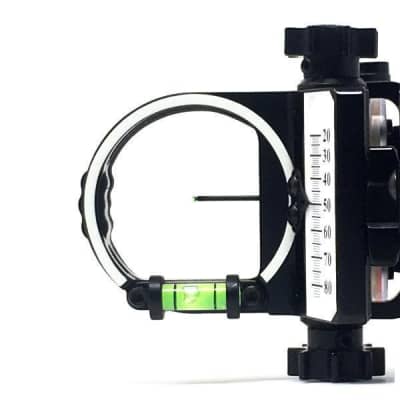
Movable pin sights have only one pin which is adjusted before every shot according to the yardage from the target. The whole sight housing is moved up and down when the pointer is shifted from one position to another on the sight tape. This way the sight pin is also automatically adjusted based on the yardage set by the pointer before every shot. This system is very accurate, as the sight moves according to Yardage.
In the case of moving targets, you must be able to predict the distance and set the pointer accordingly. These kinds of sights are highly useful when the distance from the target is known or estimated before shooting and are widely used for competitions and target shooting but not for hunting.
2. Multi-Pin Sights
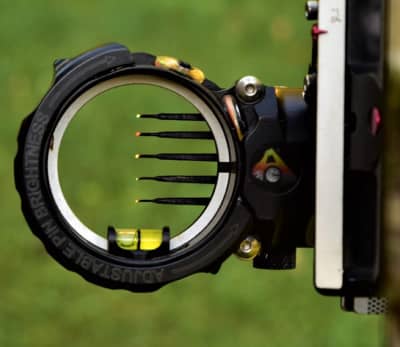
Multi-pin sights are also known as compound sights or fixed pin sights. There are several pins inside them and each fixed pin corresponds to a distance from the target. They come in a vertical and horizontal arrangement. The vertical arrangement gives a clear picture compared to the horizontal. They usually have 3 to 5 pins, the top most are set for the closest distance and bottom-most for the farthest distance
They are known for giving a good result when the pins are set properly according to the yardage and are mainly used by hunters. For shooting from distances other than fixed yardages, gap shooting (aiming through the gap between the pins) is preferred.
3. Pendulum Sights
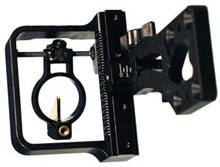
These sights are perfect for hunters who shoot an animal on the ground from a height such as a tree stand. The pin is attached to a pendulum that hangs like a plum bob inside the sight and adjusts itself as the bow tilts to aim at the target. They also need calibrations to achieve accuracy like any other sight
They don’t suit when shot from the same level as the target and also a longer range of distances. For aiming longer distances effectively some pendulum sights have secondary fixed pins.
4. Competition Sights
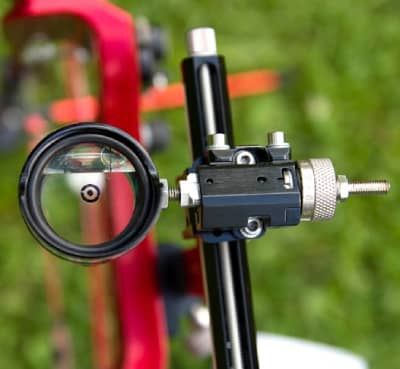
These sights have high-end accuracy levels and are great to use in competitions. They are known for their precision, advanced windage and elevation settings, and customizable features. They are very expensive and are not a choice for hunters. Their use is limited to the areas that require accuracy and precision.
5. Digital sights
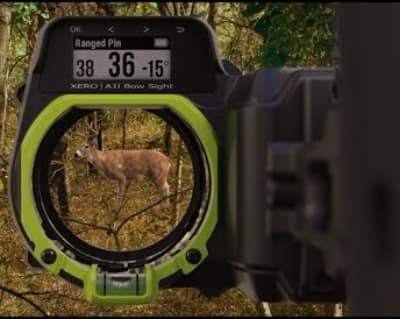
They also enhance the precision and accuracy of shooting like competition sights. Auto-ranging digital sight measures the distance from the target on its own and also computes angle compensated ranges. They provide an exact LED pin for shooting and special features like GPS to tell where the target was located when the shot or range was taken.
How to Install a Bow Sight
a) Verify the parts of your archery sight
Before you start, make sure all parts are in a good working condition. Refer to the documentation of the products provided to confirm that you’ve received exactly what you have purchased.
b) Connect the sight to the bow riser
All you have to do is match the threads of the bow riser and sight and fasten them together with aluminum screws. Check that the axis of the bow is exactly perpendicular to the body of the sight. Do not fasten them too much, the threads will be damaged. If you damage the threads, you will have to re-thread them from scratch.
How to Install a Peep Sight on Your Bow
A peep sight is a device that aids in aiming to find out where the arrow ends. They usually are available in the sizes of fractions of inches. Their sizes vary from 1/4? and 1/32?. Size 3/16” is an in-between size that is most common and fits most of the sights.
A general principle is that the smaller the peep size is, the more accurate they are. Smaller peep sights are mostly used by target archers. The larger peep sight is preferred for a low light condition to give a clear view.
How to Fix a Peep Sight on a Bow
- Choose the exact point where you want to mount your peep on. For this draw the string of the bow back towards the anchor and ask your friend to mark the point. A bow press is used to install the peep sight.
- Release the tension in the string using an Allen wrench and a bow press to further reduce tension in the string if needed.
- Separate the two strands of the bowstring on the point you marked to mount your peep
- Keep the peep in between the strands such that the incisions on the circumference of the peep align with each other and are in touch with the strands.
- Secure the strands with a serving string wrapped tight on both ends of the separated strands where the peep is fixed and also apply some glue to seal them properly.
- Now you are all set to use your bow. Look through the peep sight and align the right pin of the sight with the target according to the distance from the target. Check the bubble level to see if all the axes of the bow are properly aligned. Draw your string back and release the arrow to hit your target.

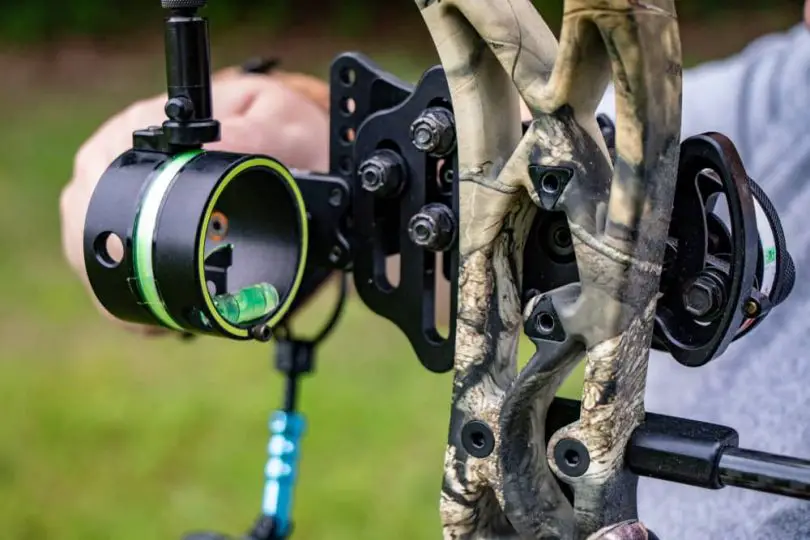

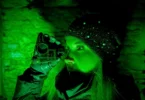
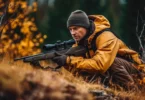
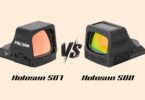
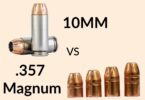


Leave a Comment